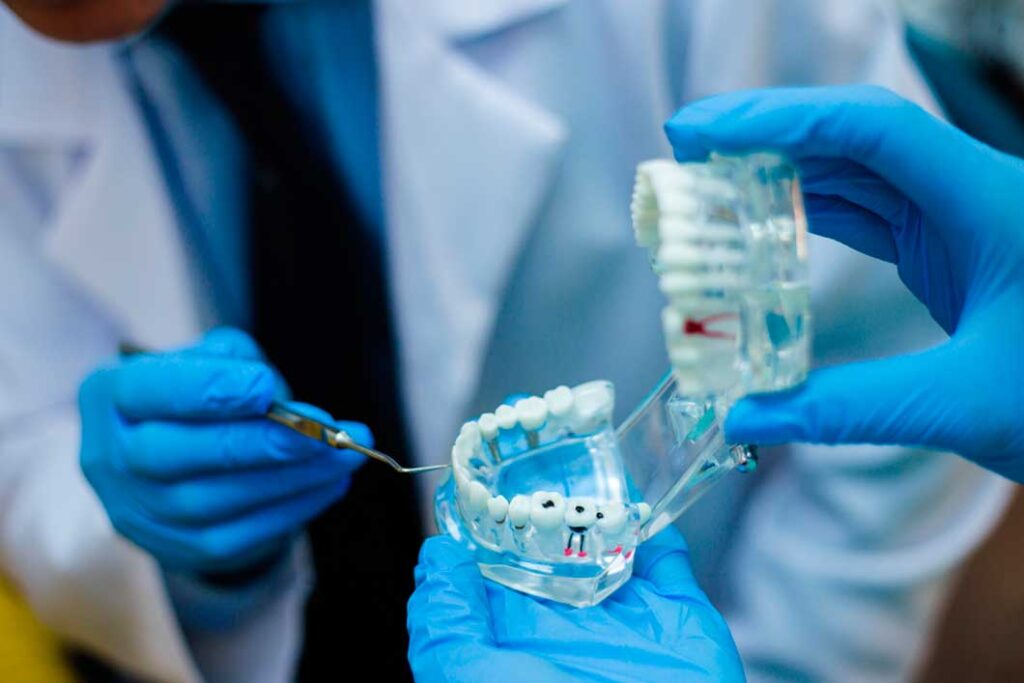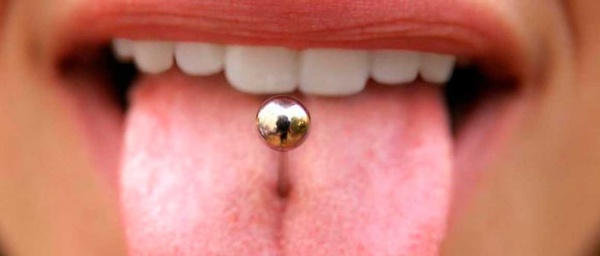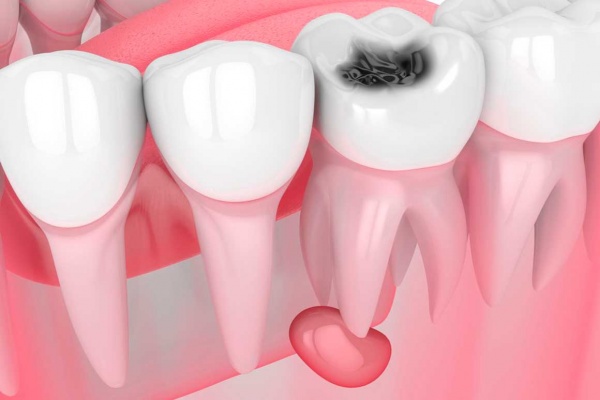What is this procedure and how is it carried out?
Intra-canal bleaching in medicine is called endo-bleaching. The essence of the procedure is that a special whitening gel is placed inside the canal. Its protocol is very simple. Before bleaching, the dentist determines the true cause of the darkening of the enamel, sends the patient to an X-ray in order to find out the quality of the previous treatment of the dental canals in the place of darkening. Next, the doctor removes the filling, if necessary, removes the tissues that have been affected by caries. The root canal is carefully cleaned from the staining toothpaste and separated with a dental pad.
The doctor injects a whitening gel into this space and closes it with a temporary filling. 2-2.5 weeks after the procedure, the dentist examines the tooth. In the event that the dark color has not changed, the doctor adds another whitening gel under the temporary filling. In some situations, this procedure may be repeated several times until the desired result is achieved. When the tooth is whitened, the doctor removes the temporary filling and puts a permanent one. A repeated endo-whitening procedure can be carried out after a year or more, it directly depends on the individual characteristics of the body and the result obtained.

When is intracanal bleaching necessary?
For what reasons can teeth darken from the inside? This can happen for various reasons. Most often, the teeth darken due to the fact that during the filling, during the contact of the dentin and tooth enamel with certain filling materials, a kind of staining of the teeth occurs. For example, gray as well as black color of the teeth gives silver, and the formalin mixture of the filling gives a pink tint to the staining of the enamel. In addition, tooth enamel can darken due to the development of diseases such as pulpitis, as well as periodontitis. The penetration of dyes into the tooth crack and results in internal staining of the enamel.
Another common cause is staining as a result of smoking or ingestion of food and drink. The size of the crack in the tooth directly affects the color of the enamel, as well as the depth of penetration of the coloring matter.
Assign endobleaching in the following cases:
- If staining of tooth enamel occurred as a result of filling with coloring materials.
- In the case when the tooth enamel is not amenable to external whitening.







